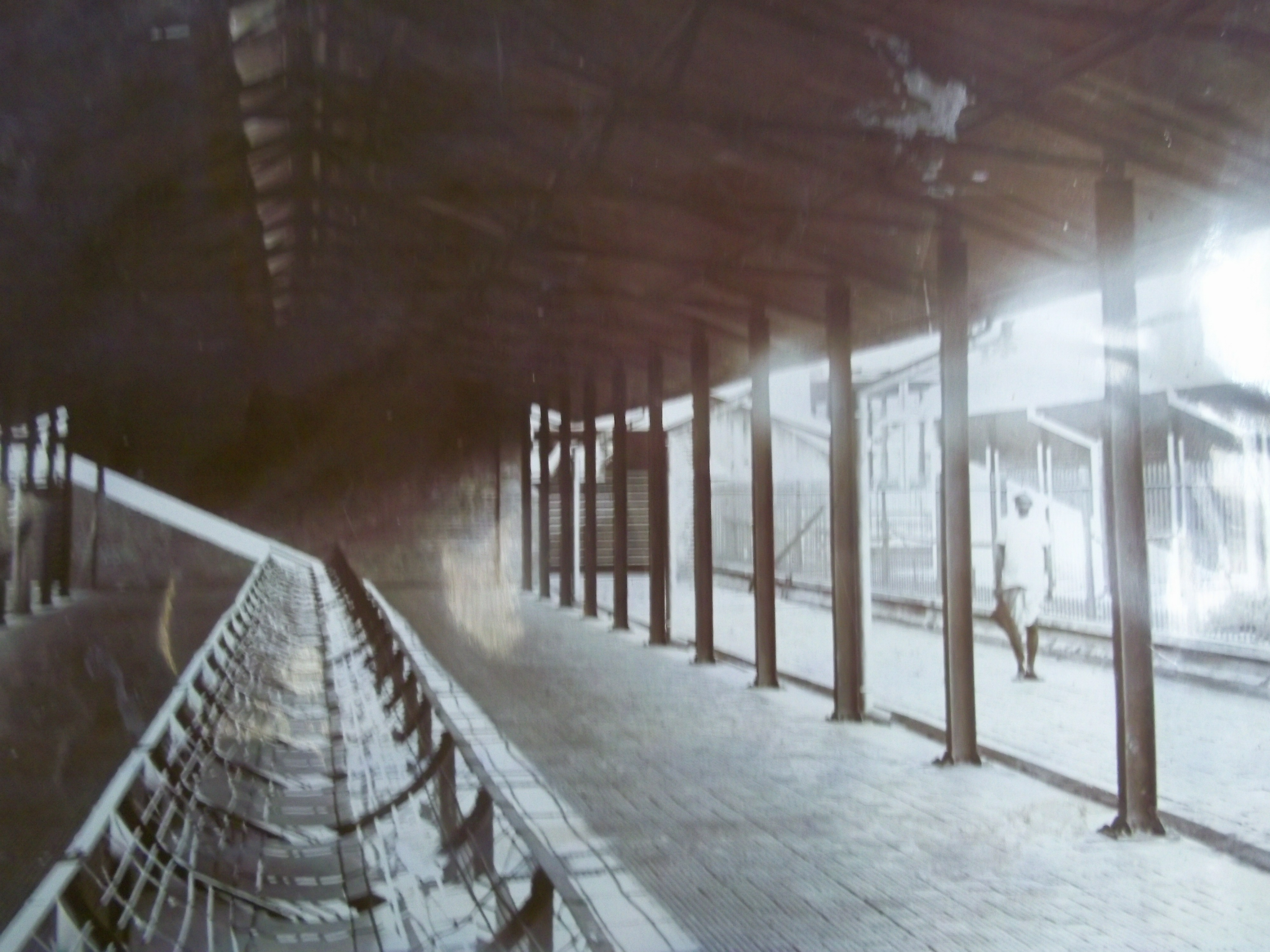Slaughterhouses in the Tropics
One of our ongoing library projects is to catalogue the RCVS Fellowship Theses. The collection spans approximately 120 years and fills more than 20 metres!
An interesting thesis, by A. Blake, Chief Veterinary Officer in the Rangoon Municipality, Burma, is entitled ‘The management of slaughter-houses in the East’ and was submitted around 1910. He draws on ten years worth of experience in abattoirs in the Tropics and temperate zones in order to have “something fresh to say on a subject about which much has been written”.
Blake includes an A1 sized fold out for a plan of a cattle market and slaughterhouse, filled in with watercolour paints. He also uses some graphic photos of a working slaughterhouse to illustrate his points.
Before offering his advice on the management of slaughterhouses, he explains the eating habits of those living in a tropical climate: “this day our daily bread” is a strictly accurate expression, for each day’s supply is bought each day”. It is the custom for the cook to attend “the bazaar”, every morning at 5am, in order to buy the meat for the day.
Moving out of the market and to the slaughterhouse, Blake notes that meat would not keep fresh for longer than a day in the heat, so “all operations from the killing to the consumption of meat are finished within 24 hours”. Before slaughter, animals were housed in “lairs” and kept under observation for four days, to check if any of the animals were stolen or contagious. Any animal showing symptoms of tuberculosis and Sturgis disease were rejected for food consumption. However, Blake does comment that carcasses showing early signs of cattle plague and foot and mouth disease could often be passed for consumption as long as “the flesh is not fevered and the animal has been well bled,” but the liver, guts and head must be destroyed.
According to Blake, a slaughterhouse should be off a good road, on the outskirts of town and must be “remote from Temples, Monasteries, Cemeteries and Dwelling-house”. To allow for a town’s rapid expansion, the site must be set as far from residential areas as possible. The site must be near a railway – most municipalities banned pigs being housed within their limits and due to the large Muslim population it was illegal to take pigs along a public road, except in a covered cart.
Images from the Fellowship Dissertation ‘The management of slaughter-houses in the East’ by A. Blake, c.1910
View our Fellowship Theses here: http://library.rcvstrust.org.uk



